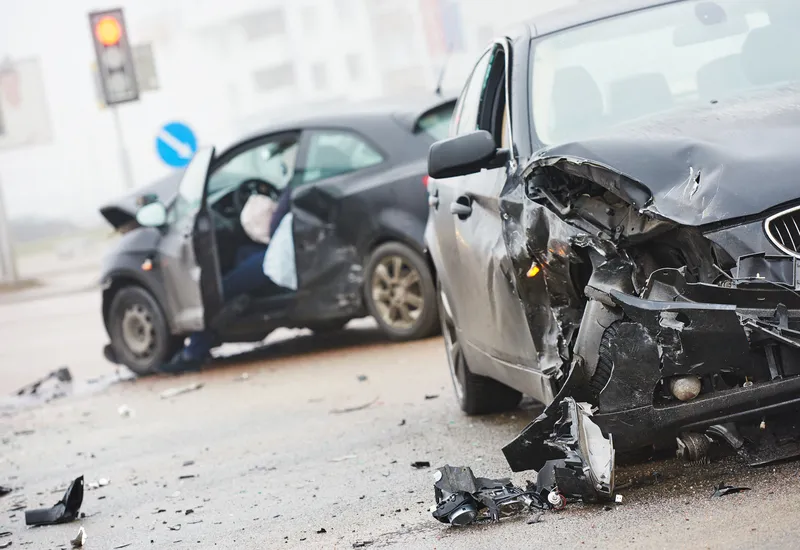New York City has ended the first six months of 2017 with the fewest traffic fatalities ever measured, according to figures released by Mayor Bill de Blasio. Under the Vision Zero program, as of 30 June, the city had recorded 93 fatalities, the first time ever that fewer than 100 lives had been lost in such a period. The full fiscal year ending 30 June recorded 210 fatalities, 31 fewer than the prior fiscal year. The reductions come as the City is increasing traffic enforcement against dangerous violations
July 21, 2017
Read time: 2 mins
New York City has ended the first six months of 2017 with the fewest traffic fatalities ever measured, according to figures released by Mayor Bill de Blasio.
Under the Vision Zero program, as of 30 June, the city had recorded 93 fatalities, the first time ever that fewer than 100 lives had been lost in such a period. The full fiscal year ending 30 June recorded 210 fatalities, 31 fewer than the prior fiscal year. The reductions come as the City is increasing traffic enforcement against dangerous violations like speeding and redesigning a record number of streets to make them safer.
The Vision Zero highlights from the first six months of 2017 include declines in year over year traffic fatalities since 2016 in most modes, including among pedestrians, where 47 fatalities were recorded as of 30 June, compared to 63 fatalities in first six months of 2016.
Declines by borough have been largest in Queens, with 23 fatalities in 2017 compared to 32 in 2016, in Manhattan, with 20 in 2017 down from 26 in 2016 and on Staten Island, with five fatalities this year, down from 11 last year.
FY 2017, which concluded on 30 June, was also the City’s safest fiscal year since record-keeping began, with 31 fewer traffic deaths than FY 2016 and over 70 fewer, a 24 per cent decline from FY14, the year Vision Zero was launched. In contrast, from 2014-2106, according to the4953 National Safety Council, the country as a whole has seen a 14 percent increase in traffic fatalities.
Under the Vision Zero program, as of 30 June, the city had recorded 93 fatalities, the first time ever that fewer than 100 lives had been lost in such a period. The full fiscal year ending 30 June recorded 210 fatalities, 31 fewer than the prior fiscal year. The reductions come as the City is increasing traffic enforcement against dangerous violations like speeding and redesigning a record number of streets to make them safer.
The Vision Zero highlights from the first six months of 2017 include declines in year over year traffic fatalities since 2016 in most modes, including among pedestrians, where 47 fatalities were recorded as of 30 June, compared to 63 fatalities in first six months of 2016.
Declines by borough have been largest in Queens, with 23 fatalities in 2017 compared to 32 in 2016, in Manhattan, with 20 in 2017 down from 26 in 2016 and on Staten Island, with five fatalities this year, down from 11 last year.
FY 2017, which concluded on 30 June, was also the City’s safest fiscal year since record-keeping began, with 31 fewer traffic deaths than FY 2016 and over 70 fewer, a 24 per cent decline from FY14, the year Vision Zero was launched. In contrast, from 2014-2106, according to the









